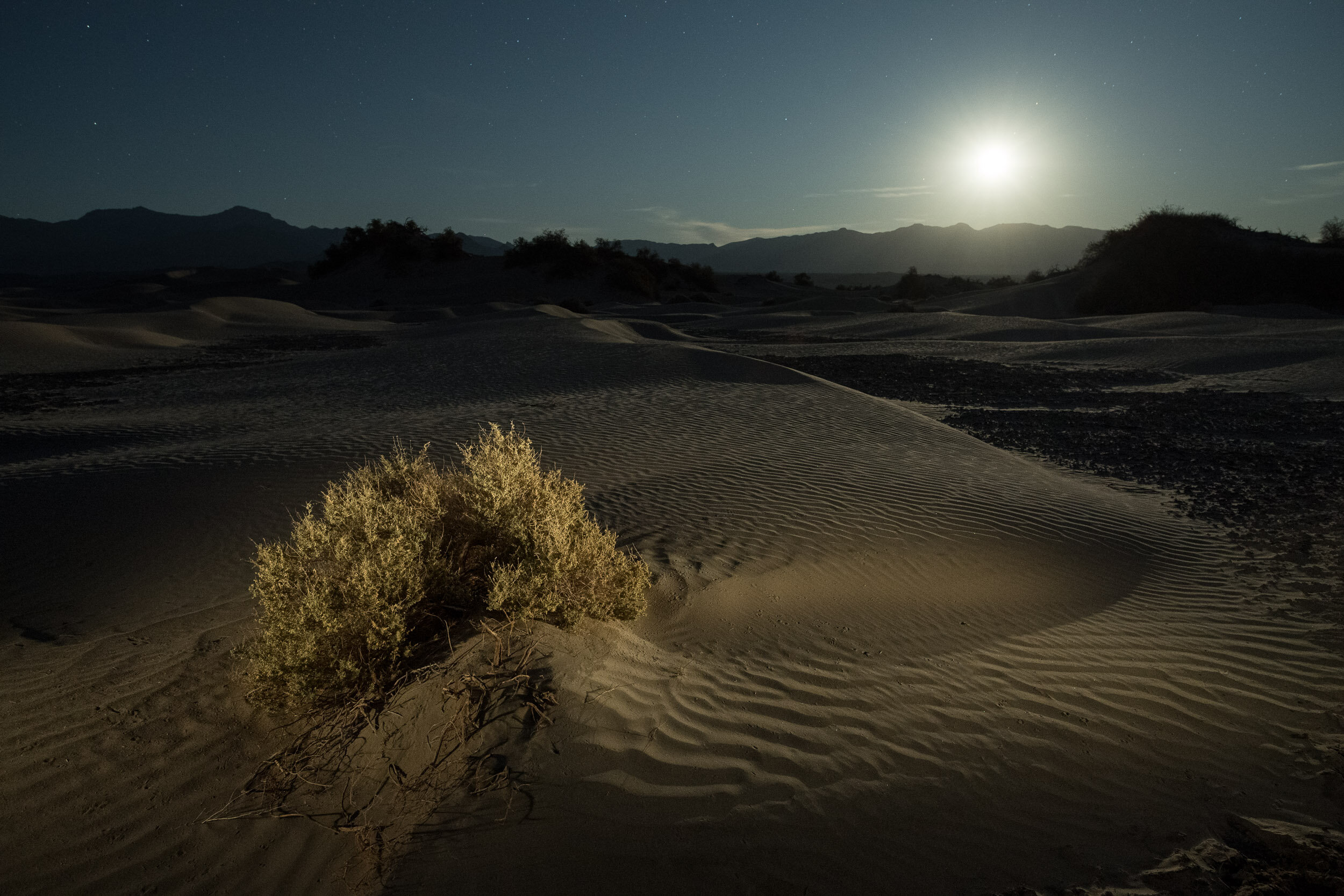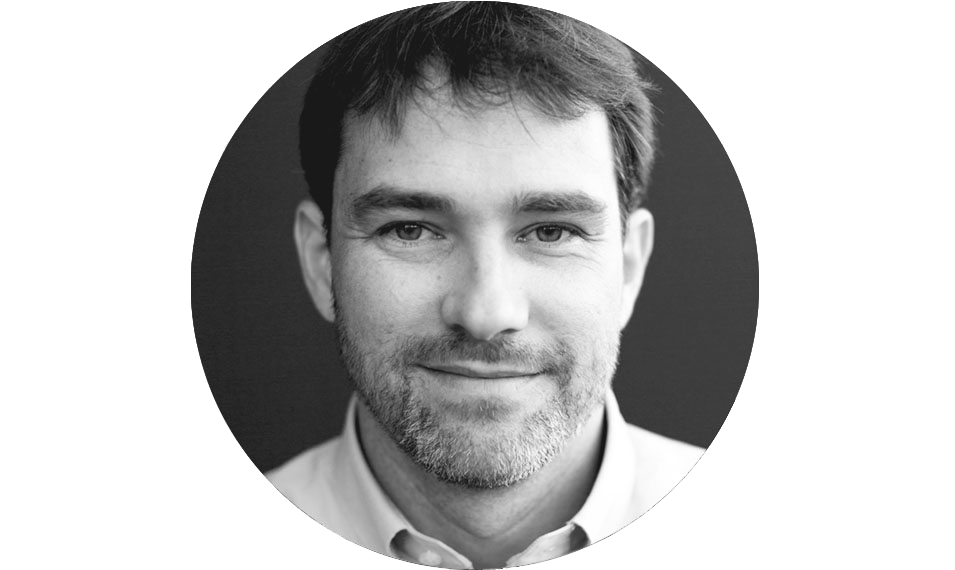Intro to Night Photography: Death Valley
You’ve almost certainly seen night photos on Instagram. Photos of beautiful points of stars, a stunning Milky Way, old barns and rusted trucks painted with light. If you’ve dreamed of making photos like these, but you’ve never tried, or you’ve tried and failed, then we’re here to help. Join us in Death Valley, the national park jewel of the California desert, for five nights of learning how to shoot in the dark.
Workshop Details
November 8-13, 2022 — Completed
This is a 5-night, 6-day workshop. Your adventure begins on the morning of Tuesday, November 8, and ends on the afternoon of Sunday, November 13.
$1,995 + applicable taxes. Register below.
Skill level
This workshop is for people new to night photography. Participants should understand the basic principles of photography, but need no night photography experience.
Group size
14, with 2 instructors — 7:1 ratio
NPS website
Workshop Leaders
Registration
This event has passed. Thanks for your interest!
| • Deposit of $600 is required to reserve your spot at the workshop. |
| • Balance of $1,395 is due on August 10, 2022. —> Pay balance here. |
| • You may choose the “Pay in Full” ticket if you desire to pay all at once. |
| • Last day for a cancellation request is August 9, 2022 (see cancellation and refund policy). |
| • The workshop fee does not include lodging, food, airfare, Death Valley entrance fees, or transportation to Death Valley or to our nightly shoot locations. |
The Intro to Night Photography Experience
Have you been interested in night photography, and perhaps seen our workshops listed before, but felt unsure about your skill level and whether jumping into five nights of shooting in the dark would be jumping in over your head? Then this workshop is for you!
We will base ourselves at Furnace Creek, giving us access to scores of spectacular sites for learning and practicing night photography. Think salt flats, sand dunes, mountain skylines, desert landscapes, rock formations and ghost towns.
Also think some of the best dark skies in the U.S. Death Valley is one of just a few national parks rated as Gold Tier by the International Dark-Sky Association.
During the day we’ll teach you the background info on all the fundamentals of night photography. We’ll get you out into the field before dark, so you can see your way around and plan what you’ll do once night sets in. And we’ll be by your side the whole time, helping you grow from being just interested in night photography to being comfortable and knowledgeable enough to shoot in the dark on your own—or at more advanced workshops in the future!
What You Should Know
While this is a class for Beginner night photographers, it’s not for those new to photography in general. You should know how to use your camera and a tripod. You should be comfortable with the fundamentals of exposure—i.e., shutter speed, aperture and ISO, how they relate, and how to set them manually in your camera.
Night photography experience is not necessary. In fact, if you’ve been on one of our regular workshops before, then this particular workshop is probably not for you.
If you would like to attend this workshop but are unsure whether you have adequate photography skills, we are happy to chat, and we can offer pre-workshop tutoring to get you ready for your adventure with us.
What You Will Learn
Our Intro to Night Photography is exactly what it sounds like. It’s for those who are curious about this genre but who have yet to try it much. We’ll walk you through all the fundamentals, from how to get your camera gear ready for a night shoot, to how to focus in the dark, to how to determine exposure for star points. We’ll start the week working closely with you on every decision, and by the end of the workshop you’ll be ready to venture into the night on your own.
TOPICS COVERED WILL INCLUDE:
camera settings
in-field gear setup
how to work safely in the dark
how to focus at night
determining exposure for star points and star trails
photographing the Milky Way
and more …
We do not tell our attendees what to photograph, but we will start several in-field demonstrations by lining up the group and walking you through the thought process and setup for that night’s shoot. Then we will encourage you to spread out and use what you have learned to create your own unique images, and to let us guide you through the process should you desire.
This workshop will have both field and classroom instruction, and plenty of time to practice night photography. At night, participants can stay out shooting as long as they, or their camera batteries, hold out. Each participant will have the opportunity to work one-on-one with Chris and Tim in the field.
Night Conditions
Logistics & General Info
Travel
Flying into Las Vegas is how most people get to Death Valley. It’s a bit more than 2 hours from our base, but the closest airport by far, and the drive is easy and desert-scenic. We hope you’ll consider coordinating your flights and carpooling with others in the workshop. This is a great way to reduce the carbon footprint, save money, conserve resources and get to know your fellow attendees better.
You will need a rental car, and a high clearance or AWD vehicle is recommended for expanding location opportunities if you want to stay after the workshop ends. If you are interested in carpooling or sharing a rental car, let us know and we will try to connect you with another attendee looking for the same.
You are responsible for arranging and paying for your own transportation.
Nearby Airports:
Las Vegas (LAS) — 2.25 hours from Furnace Creek
Los Angeles (LAX) — 5 hours
Palm Springs, California (PSP) — 5 hours
Lodging & Food
The facilities at Furnace Creek have recently been renovated, and we are currently working with them on a package for this workshop. Once the details have been finalized, you’ll receive an email with information about room reservations.
You are not required to stay at the official workshop lodging. There are good options for camping and RVs, but you’ll need a cold-weather sleeping bag if you’re in a tent.
We encourage eating two meals per day—a good breakfast and a great late lunch. When on the night shoots, you may wish to bring snack food or a sandwich and plenty of water.
You are responsible for arranging and paying for your own meals and accommodations.
Weather
Expect daytime highs in the upper 70s F, lows in the upper 40s. If we decide to visit the higher elevation locations, the temperatures we can expect will be as much as 40 degrees cooler than in the valley.
Recommended Attire
Shorts and short-sleeve shirts for daytime, multiple layers of warm clothing for the night shoots (including a good coat or shell jacket). Comfortable and protective shoes are recommended for getting around. There won’t be long or difficult hikes, but we will be well off of the pavement, so quality trail shoes or hiking boots would be optimal.
Exertion Level
The exertion level of this workshop is Moderate. (See more about our classifications.)
No vigorous activity will be required during the workshop, but please consider your physical abilities prior to registering. There won’t be any difficult hikes, but there will be walking involved, and you should be comfortable carrying your own equipment over uneven ground in the dark.
Additional Information
Please read our FAQs section for more information about skill and gear requirements, and other information that pertains to all our workshops.
If you have questions, please contact us—we're happy to talk it over with you.
A special place, a special feeling ...
“Some national parks just feel special. Death Valley is certainly one of those places.”
In 1995 I drove cross-country with a photographer friend. As we passed through the Southern California desert, I noted that Death Valley was only about an hour off our route. We discussed the possibility of heading north to visit the national park, sorting through the pros and cons, then chose to keep heading west.
I didn't have another good opportunity to visit Death Valley again until 20 years later. When I did, it was rapidly apparent that my friend and I had made a big mistake.
Some national parks just feel special. Something about what's contained within the boundaries is different enough from the surrounding areas so that you know: Yes, this land needed to be preserved. Death Valley is certainly one of those places.
Driving into the park from any direction, you soon move from a standard desert environment into an amazing desert landscape. Rock formations, canyons and mountains all define the geological setting. With that you find colors, and salt flats, and sand dunes. A set of volcanic craters. Rocks that move across playa. A waterfall in a thriving oasis. Old primitive roads that lead to ghost towns and abandoned mines.
The space is beautiful, and the things that fill the space are wondrous.
Yes. My friend and I surely made a mistake. But I've rectified that. Since my first visit to Death Valley, I've returned half a dozen more times. Always exploring. Always photographing the magic.



































